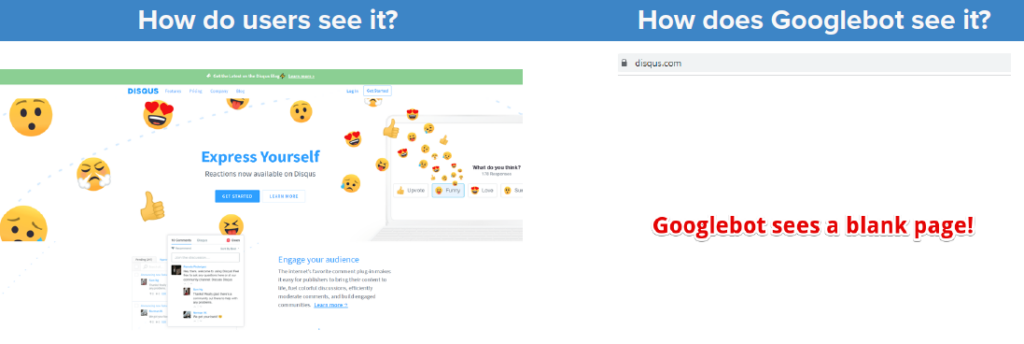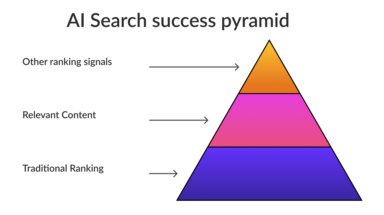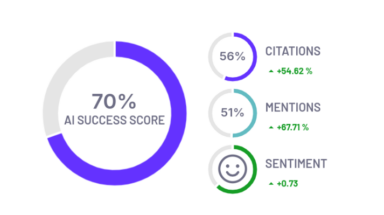A few years ago, in 2018, I noticed a significant decline in traffic for Disqus.com, a website for a popular commenting plugin. Intriguingly, this drop coincided with Google’s March 2018 update. They haven’t recovered since then.
However, they could implement a simple fix to get back on track.
A Misguided Recovery Effort
You might assume that the site was impacted by the core update, and therefore, following Google’s recommendations for such situations, this would be the way forward. Google advises focusing on content quality after a core update.
The natural response would be for Disqus.com to invest in high-quality copywriters and content editors.
However, even if they hired the best in the business, it would not have made a significant difference.
Why? Because their problem was technical, not content related.
The technical challenge
Disqus.com uses a process called dynamic rendering. This means they present different versions of their site to Googlebot and to users. Googlebot gets a simplified, prerendered version, while users see a fully-featured version.

Unfortunately, the prerendering process failed, resulting in Googlebot receiving empty content. The HTML page body lacked any substance. This can be verified using the Mobile-Friendly Tester.


The Root Cause of the Problem
The root of the problem lies in Disqus.com’s use of dynamic rendering. It is likely that the mechanism that generates a static version for Googlebot malfunctioned. I’ve seen similar cases before, which resulted in a 50-90% decrease in organic traffic. The causes usually involved exceeding RAM usage or from errors during the rendering process.
A Possible Solution
Given that Disqus.com is a relatively small but popular website, the simplest solution might be to remove the dynamic rendering and observe how Google renders the content. Currently, their broken dynamic rendering system is sabotaging their Google traffic.
We contacted Disqus about this very issue but they didn’t respond.
Google’s Perspective on Dynamic Rendering
In 2019, Google recommended dynamic rendering as a temporary fix for rendering problems. However, they recently updated their documentation to suggest that dynamic rendering is not a long-term solution. Instead, they now advocate server-side rendering.

Lessons to Learn from Disqus.com‘s Mistakes
As SEO professionals, we often rely on SEO crawlers to identify issues. While these tools are certainly useful, we sometimes overlook the basics, such as viewing websites from Google’s perspective.
A simple, quick check can be performed as follows:
- Get a sample of pages.
- Inspect them individually in Google Search Console using the URL inspection tool.
This straightforward check can quickly help identify potential problems with how Google sees your content and could aid in resolving some indexing issues. Stay tuned for more insights!






